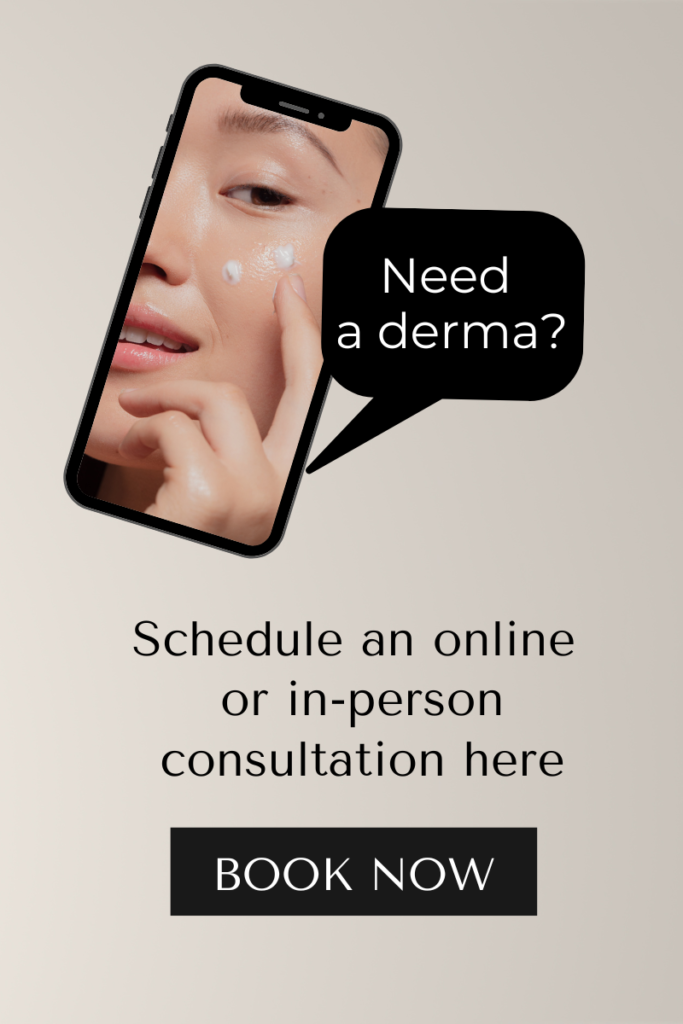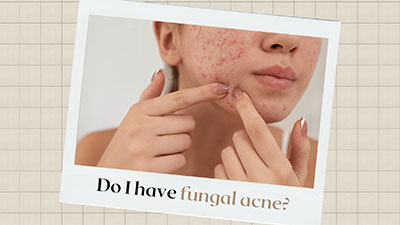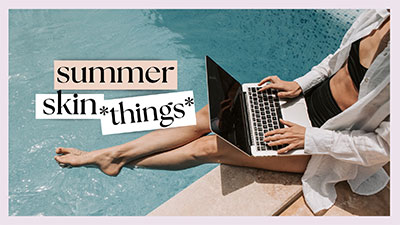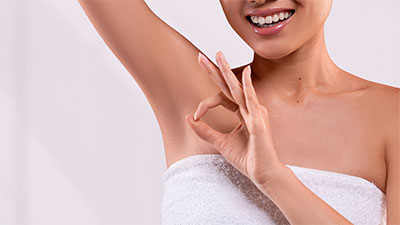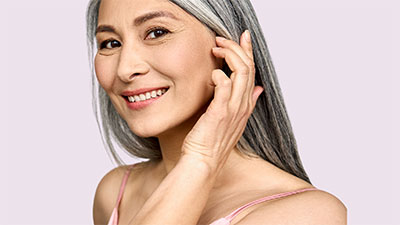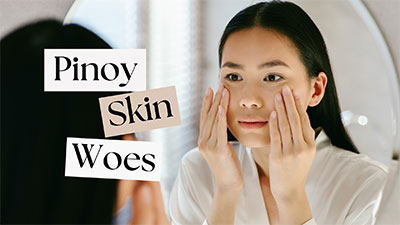Here’s How To Tell If Your Acne Is Actually Rosacea
Heads up! It’s actually easy to confuse the two.

When we see red, angry flare-ups on our skin, our instant reflex is to think, Ah, acne! (Or these days, maskne!) But newsflash: Some of the blemishes or signs of irritation you could be experiencing may not be pimples after all. Instead, they can be manifestations of another common skin condition that can affect just about anyone—and it’s called acne rosacea.
Acne Rosacea vs. Acne Vulgaris
A skin disease often characterized by the presence of redness, papules, pustules, and swelling, acne rosacea, or more commonly referred to as rosacea, may appear like acne especially in its early stages. In addition to having red facial skin, rosacea can also show up as bumps or broken vessels over the center of the face (particularly on the nose, chin, cheeks, and forehead). In some cases, rosacea symptoms can also appear on the neck, chest, and back.
The root cause of rosacea remains unknown but it is believed to be due to a combination of genetic and environmental factors. That said, anyone can develop rosacea but you’re more likely to get it if you are female, over 30, have light skin, and have family members who also have the condition. Moreover, the symptoms are often aggravated by sun or heat exposure, alcohol, stress, caffeine, and spicy food.
“Rosacea usually affects fair-skinned and/or Caucasian people but it can also be seen on people of Asian and African origin,” explains Dr. Maximin Navarro, Bella Pelle Philippines’ resident dermatologist and a Philippine Dermatological Society (PDS) fellow. He adds, “We are actually seeing more and more Filipinos suffering from undiagnosed rosacea.”
He then goes on to stress how important it is to consult with a PDS Board-certified dermatologist for early diagnosis and management. “Otherwise, rosacea’s late sequelae (or consequence) and severe complication is Phyma, a.k.a. the last stage of rosacea, usually due to chronic inflammation and edema,” Dr. Navarro says. “It can affect the nose (rhinophyma), chin (gnatophyma), forehead (metophyma), ears (otophyma) ,and eyelids (blepharophyma).”
On the other hand, acne vulgaris, a.k.a. the acne that we all know of, is a skin condition wherein our hair follicles or pores become clogged up with oil, dirt, and dead skin, with the buildup resulting in inflammation. Types of acne include whiteheads (closed comedones), blackheads (open comedones), papules (small red bumps), pustules (red bumps with a white center), nodules (flesh-colored or red bumps deep under the skin surface), and cystic acne (inflamed and pus-filled acne cysts).
Acne usually occurs due to the overproduction of sebum or oil in the skin, and can be triggered or worsened by other factors such as poor cleansing habits, excessive friction, occlusion, stress, hormonal changes, medications, and one’s diet.
So is it rosacea or not?
If you’re still confused, here are some quick tips to help you determine if what you have is actually rosacea instead of acne:
● Flushing or facial redness. Rosacea usually appears as persistent facial redness in the middle of the face, as well as visible blood vessels over your nose and cheeks.
● Burning and stinging sensations. The redness may be accompanied by swollen red bumps that may feel tender to the touch.
● Skin patches. You may see patches of darker, discolored skin.
● Swollen, thicker skin. Over time, rosacea can thicken the skin over the nose, as well as on the forehead and cheeks.
● Eye problems. Some people may also experience irritated, dry, or swollen eyes and eyelids, also known as ocular rosacea.
What to do
If you’re experiencing any of these symptoms—especially persistent redness on your face—it’s best to consult a board-certified dermatologist for proper assessment of your skin condition. Unfortunately, there is yet to be a definitive cure for rosacea and recurrence is common. The good news is you can control it with treatment coupled by the avoidance of known triggers.
Here, we’ve rounded up some of the best derma-approved skin care products for managing your rosacea symptoms. Take note, though, that the type of medication you’ll need will depend on the signs and symptoms you’re experiencing.
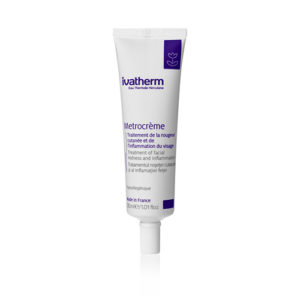
Ivatherm Metrocreme, P1,530
Containing 0.75% Metronidazole, a broad-spectrum anti-infective that acts on papules, pustules, and erythema (redness), this is an effective treatment for skin with visible redness, severe inflammation, and other rosacea symptoms. Bonus: It also features the antioxidant powers of green tea and the soothing benefits of Herculane Thermal Water.
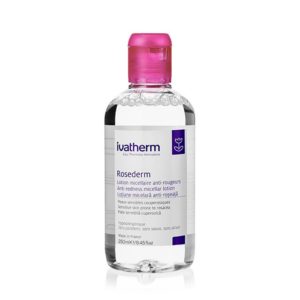
Ivatherm Rosederm Anti-Redness Micellar Lotion, P1,200
Designed for gentle daily cleansing of sensitive skin prone to rosacea, this micellar lotion cleanses, removes makeup, and soothes fragile and irritated reactive skin while also rebalancing skin’s pH level.
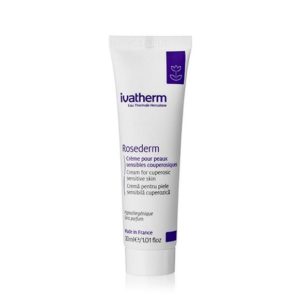
Ivatherm Rosederm Cream, P1,250
Recommended by dermatologists to address irritation and the appearance of small visible veins associated with rosacea, this gentle moisturizing cream reduces redness and also improves skin’s microcirculation.
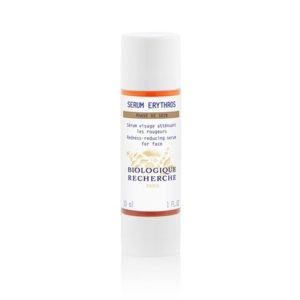
Biologique Recherche Sèrum Erythros
This renewing, regenerating, and repairing serum is specifically formulated to calm skin with rosacea tendencies as well as sensitive complexions that are prone to erythema.

Biologique Recherche Creme Verte Espoir A.R.
A proven anti-redness solution, this cream prevents and reduces the signs of rosacea by acting on broken capillaries, visibly reducing their appearance to decrease the extent and intensity of chronic redness. It soothes fragile and reactive skin, helping your complexion gain a more uniform appearance.
Also important: Sunscreen!
Since rosacea flare-ups can be triggered and aggravated by sun exposure, don’t forget to regularly slather on SPF. But don’t just grab any sun-protecting product; make sure you choose a formula that’s made for sensitive and reactive skin types. Here are some picks for you:
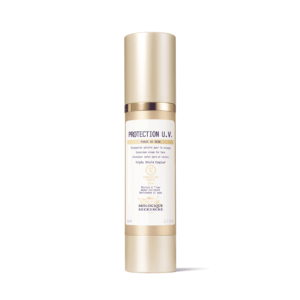
Biologique Recherche Protection UV SPF 50
This has 100% natural filters and Triple Shield Complex technology to protect against UVA and UVA rays as well as visible light and infrared radiation. Plus, it’s also infused with soothing active ingredients to nourish skin.

Heliocare 360 Gel Oil-Free SPF 50, P1,600
Ideal for all skin types, this formula provides high-level photo-protection with a lightweight, oil-free, and dry-touch texture.
For customized skin care recommendations, you can book an online consultation with Dr. Navarro here.
For more beauty and skincare tips, subscribe to our newsletter:
SHOP OTHER PRODUCTS:
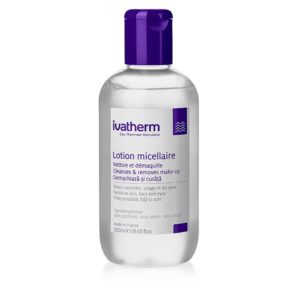 Ivatherm Lotion Micellaire, P1,100 |
 Cosmetic Skin Solutions Supreme Olive Serum, P2,800 |
 Biologique Recherche Lait U |
 Biologique Recherche P50T |
 Biologique Recherche Masque Biosensible |
RELATED READS:
- Best Body Acne Treatments, According to Skin Experts
- How To Tell If You Have Psoriasis—And How To Deal
- New To Love: Under-The-Radar Products From Greek Brand Froika

